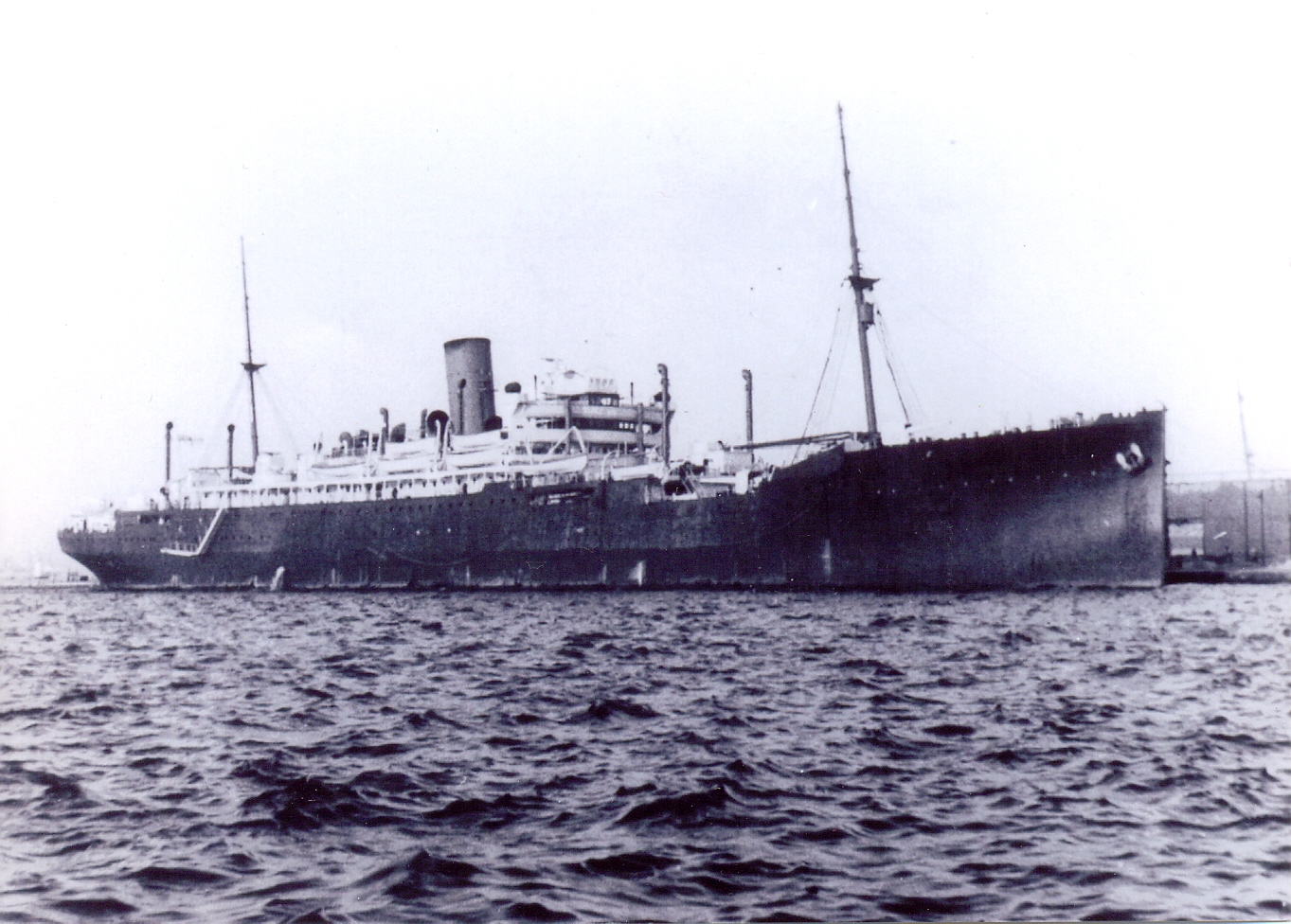Point of Interest
Saint John Shipyard and Dry Dock Co Ltd
Street Address: 30 Jervis Ln, Saint John, NB
When the dry dock on Courtenay Bay was completed in 1923, it was the biggest in the world with a length of 1,150 feet and a width at the bottom of 125 feet. The first ship to enter was the MH Kongshank from Haugesund, Norway. The dry dock increased Saint John’s strategic importance, as it was the only facility on the Canadian seaboard capable of handling large passenger liners and warships. The dry dock played a major role in the Battle of the Atlantic, undertaking the repair, conversion, and maintenance of large vessels. Among those serviced here were the famous HMS Jervis Bay and MHS Laconia. On the declaration of war, the 8th Anti-Aircraft Battery of the Royal Canadian Artillery protected the dry dock with its machine guns. In the spring of 1942, they were replaced by the 25th Light Anti-Aircraft Battery with 40 mm guns.
After the Second World War, the dry dock, under the name of the Saint John Shipbuilding & Dry Dock Company Ltd, continued to play a major role in the support of the Royal Canadian Navy. In the 1980s and 1990s, it was a key player in the construction of ships for the Canadian Patrol Frigate Program. With dramatically changing circumstances world-wide, in 2003, after three years of remaining idle, the Saint John shipyard closed permanently. The dry dock itself remains and can been seen adjacent to the Irving wallboard factory, the current occupant of site. The factory access road remains named Jervis Ln, a small nod to the shipyard's arguably most famous guest.
